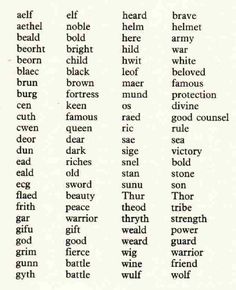What is an Anglo Saxon?
Contents
The Anglo Saxons were Germanic tribes who migrated to Britain during the 5th century. They were descendants of three main tribes-the Angles, Saxons, and the Jutes. The Anglo Saxons remained a dominant ruling force and ruled England from AD 924 until the defeat of their last king Harold II at the Battle of Hastings in 1066.
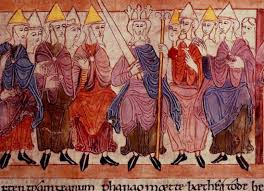
Where do Anglo Saxons and Vikings come from?
The Anglo Saxons originally came from Germany, Denmark, and the Netherlands. The Vikings were Norsemen who came from Scandinavia, present-day Norway, and Sweden. They raided the British lands during AD 787 and it marked the beginning of the Viking Age.

When did Anglo Saxons invade Britain?
The first Anglo Saxon tribe sailed across the North Sea on their long wooden ships and attacked several regions of Southern and Eastern England. They were defeated and had to return back to their own territories.
In the early 5th century, the Romans left leaving Britain completely defenceless. Gradually, the Anglo Saxons succeeded to invade major parts of Britain.
When did the Anglo Saxons settle in Britain?
During AD 410, the Romans had left Britain. It was during this time in the early fifth century, that more and more Anglo Saxons arrived and invaded lands and gradually settled in Britain.
The Anglo Saxons mainly settled in Kent, Anglia, and parts of Essex.
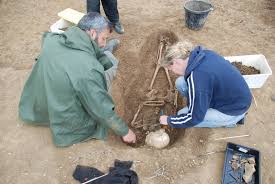
When did Anglo Saxons come to England?
During the early 4th century the Anglo Saxons along with the Picts and Scots came to England by sea.
Why did the Anglo Saxons come to Britain?
The Anglo Saxons came to Britain mainly in search of new lands to grow crops. Many of their lands were flooded, so they were looking for new fertile lands.
According to other sources, it is believed that they were often invited by Kings in Britain to protect their lands from possible invasion from Scotland and Ireland.
Who was the first king of the Anglo Saxons?
Egbert or Ecgherht was the first Anglo-Saxon king who reigned England. He ruled from 827 to 839 AD and ruled his kingdom of Wessex after returning from exile of Charlemagne in 802.
He controlled major parts of Southern Humber, North Wales, and Northumberland. He was given the title of ‘Bretwalda’ meaning ‘ruler of the British’ by his native people. He died at the age of 70 and was buried at Winchester, Hampshire.

Anglo Saxon Landscape
The Anglo Saxons played a crucial role in developing an entirely new landscape during the early 5th and late 6th centuries.
Forests were cut down to build new villages and towns. The Anglo Saxon practised open-field agriculture. Houses were built of cheap timber surrounded by fences that lacked sophistication and were short-lived. Only some major churches were made of stone. They used textile, leather, and wood for household furniture.
The Anglo-Saxon architecture illustrated the simplicity and lacked quality and elegance.
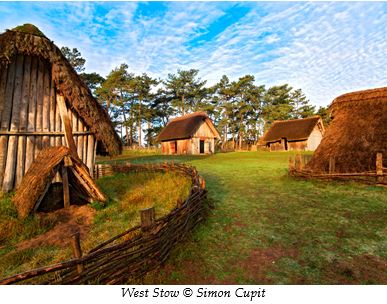
Anglo Saxon Economic Model
The Anglo-Saxon economy was based on capitalism. They believed in fewer government regulations and taxes and prioritized a liberal market model for easy growth of private properties and business developments.
They believed that frequent government interference can disrupt the overall economic growth. They fueled entrepreneurship and wealth creation through innovation and competition.
However, this capitalist model often caused social inequality, unemployment, and poverty. Lesser government involvement encouraged malpractices and lack of proper infrastructure in the private sector of the government.
The Anglo-Saxon capitalism approach has been adopted by many parts of the United States, the United Kingdom, and European countries like Canada, Australia, and New Zealand.

What was England called in Anglo-Saxon times?
England was named after the Germanic group tribe Angles. The Angle-Saxons first named it as Angle-Land and then Engle Land, and finally came to be known as England.
What was life like in Anglo Saxon England?
Life in Anglo-Saxon society was tough. The society was divided into three classes, mainly the thanes at the top, churls at the middle, and the thralls at the bottom.
The thanes were the upper-class people and enjoyed hunting and feasting. They would gift weapons to their followers.
In the middle, were the churls. The churls were reasonably well-to-do and lead an ordinary life. They often had to rent lands from the thanes. The churls had to give part of their grown crops as a payment for rent to the thanes.
At the bottom, were the thralls and life for them was very hard. They were a class of slaves and served the thanes and the churls.
During Anglo-Saxon times, England was scarcely populated with small villages and open lands hounded by wolves and wild animals. Life was simple in old England. People stitched their own clothes and grew their own food. Gradually monasteries spread the awareness for education and art. The business grew and paved the way to economic growth.
Farming was the main occupation of the Anglo-Saxons. They grew crops like wheat, barley, and rye and other vegetables like peas, cabbage, and carrots. They also raised animals like sheep, cattle, and pigs. During harsh winters these animals were often slaughtered due to lack of food. The meat was salted so that it could be later used throughout the winter.
The Anglo-Saxons were also skilled craftsmen and pursued different occupations like that of potters, blacksmiths and bronze smiths.
They made wooden huts with thatched roofs. Usually, these huts had only one room shared by the whole family and often by animals during the winters. The rooms did not have any windows and had mud or wooden floors. To light the rooms, the poor families used rushlights dipped in animal fat. Toilets were made of pit holes with wooden covers.
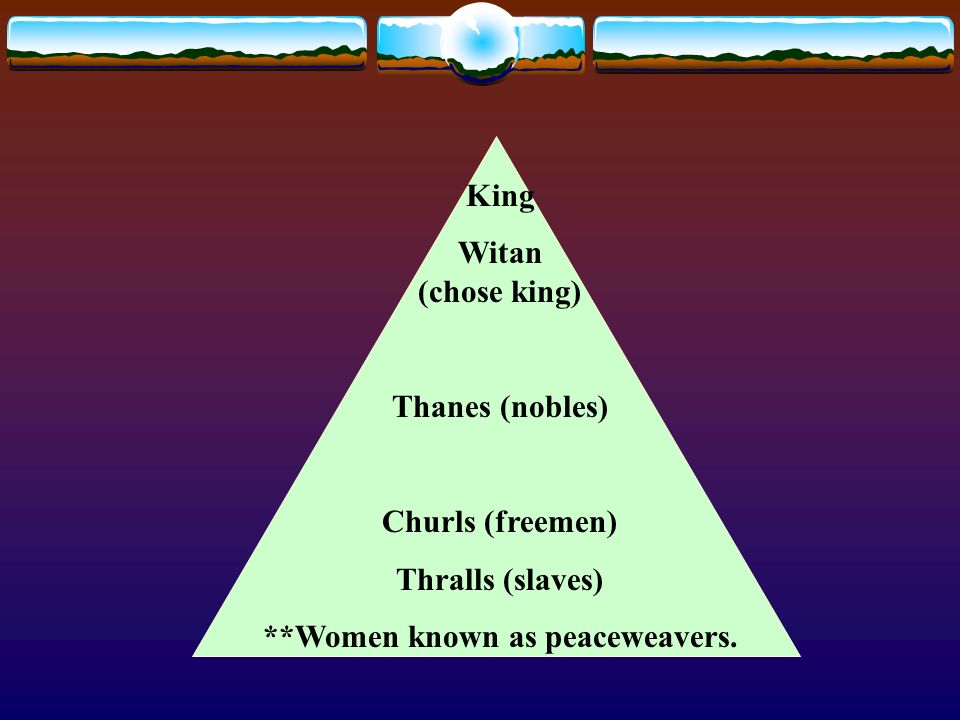
Anglo-Saxon Women Daily Life
The life of an Anglo-Saxon woman depended solely on the status she had in society. She was often referred to as a ‘wif’ meaning wife and like most other cultures her role mainly comprised of a wife, mother, and a caregiver.
An Anglo-Saxon woman had equal rights in choosing her husband. They were often entitled to properties and lands (morgengifu or morning gifts) which were given to them by their prospective husbands.
Women from aristocratic families shared equal rights as their male counterparts and led a free life. A marriage contract was often signed between men and women before marriage. Rich men had to offer lands and estates to their future wives. Slaves and cattle like oxen and horses were also offered as part of the marriage contract. Women enjoyed equal rights to divorce their husbands like any other Anglo-Saxon men.
‘Peace weavers’, a common term used during the Anglo-Saxon period referred to women who were married to enemy tribes to ensure peace between the opposing clans or tribes.
The domestic life of an Anglo-Saxon woman was to carry out the mundane chores like washing, cooking, cleaning, weaving, and taking care of children. Rich families had slaves who would carry out the domestic chores but it was the duty of the wives to manage the servants of the house. They played the role of a perfect hostess. Foods and drinks were usually served by women.
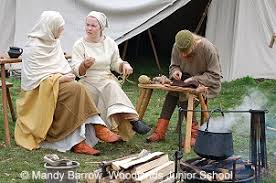
What was life like for an Anglo-Saxon child?
Anglo-Saxon boys and girls helped their families by looking after animals, chopping woods and building fires for cooking. This was the normal day’s work for any Anglo-Saxon child.
Older boys would participate in outdoor games like hunting, wrestling, horse racing, weightlifting, swimming races, etc. Young children would play with wooden toys and rag dolls. Toys were mainly home-made and carved out of wood in the shape of animals, ships, and swords. The ‘Taefl’ was a popular board game played during those times.
Girls wore long-sleeved woolen tunics with brooches and a belt around the waist. Boys wore full-sleeved shirts with woolen tunics and baggy pants along with a belt. Both boys and girls carried a short knife along their waist that they used for domestic purposes.
Education was not compulsory. Children from affluent families had private tutors to teach them. Boys were often sent to monasteries to be trained as a monk. Girls who crossed the age of 10 were often sent to Christian churches to become nuns or married off. Girls helped their families during domestic chores of cooking, weaving, and housekeeping work.

Anglo-Saxon Clothes and Jewelry Facts
The Anglo-Saxon clothing differed for the commoners and the people belonging to noble families.
The Anglo-Saxon kings wore long clothes made of silk and carried swords made of broad iron along their waist. It was part of their traditional attire. The clothes often bore cords and tassels to give them a regal look.
Men from noble families wore tunics with cloaks along with metal brooches and trousers with leggings. The cloaks were made of fur and were expensive. Belts were worn to keep the cloaks in place. They wore leather shoes, hats, and gloves.
The commoners wore tunics made of coarse wool and woollen trousers.
Women wore bright dresses along with brooches and jewellery. They wore ankle-length woollen gowns and undergarments made of linen.
Both Anglo-Saxon men and women wore jewellery. Jewellery was mainly made of gold and silver. They had intricate designs and metalwork and were also exported to other countries.
Necklaces and bracelets were engraved with glass beads and precious stones like amber and amethyst. Women of high status wore brooches and jewellery along their waist made of gold and silver.
Some of the jewellery pieces excavated from Sutton Hoo burial is displayed in the British Museum.

What did Anglo-Saxons wear on their feet?
The Anglo-Saxons wore leather ankle boots with leather ties on the front. They were available in multiple colors of green, blue, black, and red.

Why were many Anglo-Saxons vegetarians?
Anglo-Saxons were mainly vegetarians because they could not afford to eat meat so often. Families who raised cattle like pigs or had lands could only kill and eat animals like wild boars or deer. Other wealthy families would buy meat from these farmers.
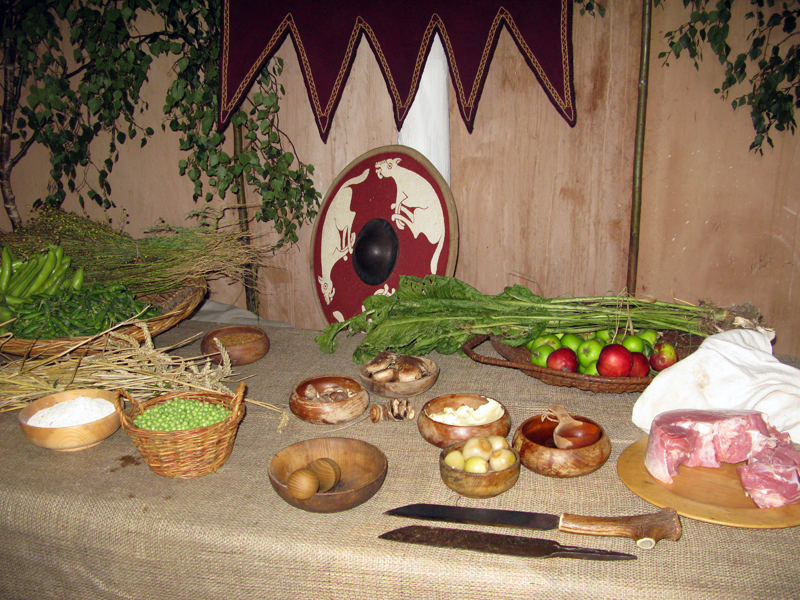
Anglo-Saxon Jobs and Trades
The Anglo-Saxons were mainly farmers and fishermen. They were also skilled craftsmen. They were traders and would trade live-stock, fish, and exotic jewellery and gems overseas mostly with France.
Anglo-Saxons were very skilled in making glassware like bowls and jars and also glass beads and jewellery. Wealthy families would exhibit glassware and keep them in wooden chests in their living rooms.
Clay workers or potters would make beautiful cups, lamps, and bowls mostly used for cooking.
Weaving and knitting were mostly done by the women of the house. Wooden disk called a ‘whorl’ and spindle were used for spinning and making threads.
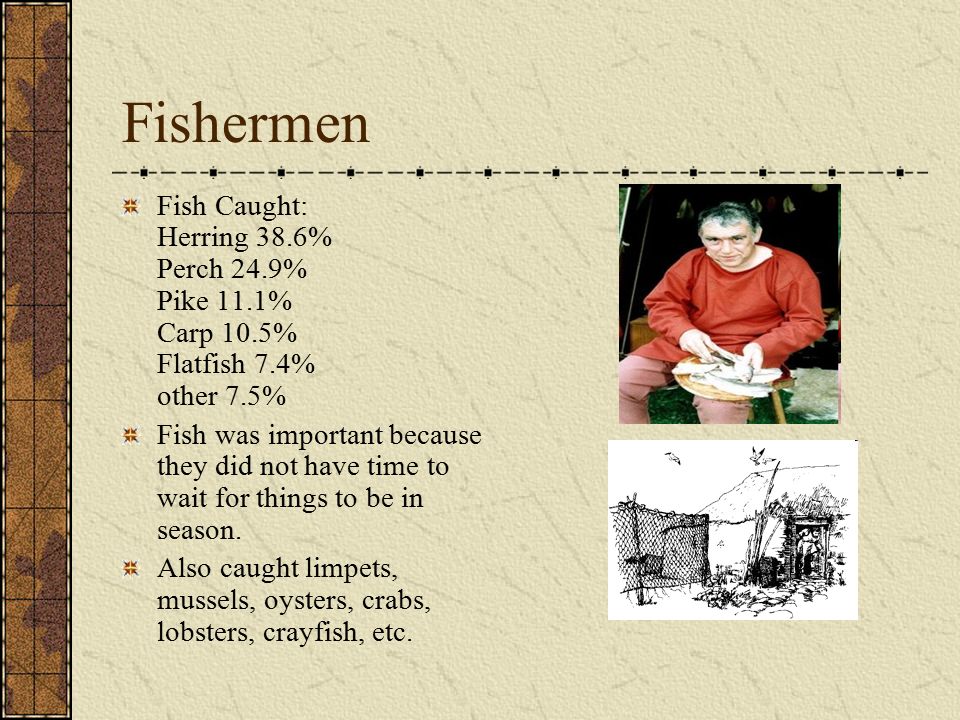
What did Anglo-Saxons do to entertain themselves?
Sports were the favourite pastime for Anglo-Saxons. Villagers would gather around and watchmen fight each other and participate in swimming competitions and carrying boulders.
Story-telling, singing, and dancing was also a part of their daily lives. Folklores and stories of Beowulf were told to children. Festivities were also part of the pagan culture.
Anglo-Saxons loved their riddles. The Exeter Book of Riddles contained a total of 96 such riddles.

Anglo-Saxon Monster Names
The Anglo-Saxons believed in mythical creatures and monsters. They would tell haunting stories of ferocious bloodhounding monsters to their children at bedtime. Some such creatures were the Barghests or black dogs who were shape-shifters and often seen lurking around the dark alleys and roads of the towns and were found near water.
Dweorgar or dwarfs were considered as evil beings and were believed to possess magical powers and skills. Another such example was the Svartálfar or dark elves who were ugly and brought misfortunes and influenced humans in their dreams.
There were many other mythical creatures like the Ravens, Grendel, and trolls which were deeply feared by the people. Anglo-Saxons would often pray to their gods Woden and Freya to protect their families from such evil forces.
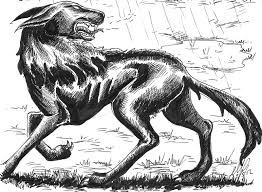
Anglo-Saxon Boats Design Features
The Sutton Hoo burial ship ground gives us a glimpse of the early design features of the Anglo-Saxon boats.
The ship excavated was nearly 90 feet long and 14 feet wide with oaken planks fastened together. Split planks were used which gave weight to the ship and had extended durability. The huge size and numerous repairs indicate it was probably used for ocean voyages or as a warship.
Smaller vessels were used for everyday life like fishing or crossing of rivers.
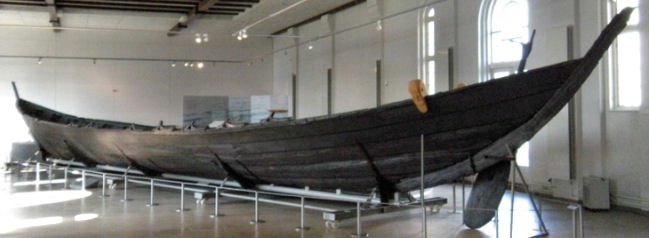
What does Sutton Hoo tell us about Anglo-Saxons?
The Sutton Hoo burial ground is a major source of physical evidence that gives us an insight into the Anglo-Saxon world. The site had several burial mounds and many of them were robbed apart from a major site that was excavated in 1939.
The site contained a ship measuring 27 meters in length and 4.25 meters wide. Along with the ship, various artefacts and human remains were found that implied upon the culture and habits of the Anglo-Saxon community.
The ship contained burial chambers were gold and silver jewellery, cutlery, the armour of warriors, and shields, helmets, and coat of mail were found.
An important discovery among the various treasures at Sutton Hoo was the numerous coins found at the burial site that dates back to 624 to 630 AD.
Apart from this, the burial grounds shows how Christianity which was at a rise in those times mingled with the pagan culture of the Anglo-Saxons. Moreover, it was also established that Anglo-Saxons were buried with their treasures like armour for warriors and jewellery for women.
The identity of the deceased king found in the burial site dated back to 624 to 625 AD and it was established that it probably belonged to the remains of East Anglian King Raedwald.

What was Anglo-Saxon money called?
During the early Anglo-Saxon period, coins were rarely used instead of gold pieces called ‘solidus’ or ‘tremissis’ were used. These hefty pieces of gold were so costly that they were rarely used for trade. Most of these pieces were used as prized jewellery or for gifting purposes.
Later in the 6th century, gold coins were made called ‘thrymsas’. During the end of the 6th century, the gold coins disappeared and silver coinage called ‘sceattas’ were introduced.
In AD 760, the ‘penny’ concept was introduced first in Mercia and then in Kent which measured to twelve a shilling.
The silver ‘sceattas’ gradually was replaced by bronze or brass coins called ‘stycas’.
In 973, King Edgar introduced smaller versions of a penny which were produced in mass scaled by people called ‘moneyers’ in workshops. These blank coins were made from clay moulds. Valuable coins called ‘mancuses’ were made of gold and worth thirty pence were manufactured.
By the end of 990, English pennies were sent to the Vikings as ‘Danegald’ as a price for their repeated raids.
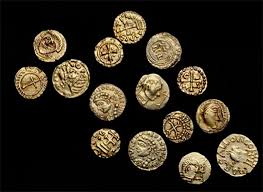
Anglo-Saxon Alphabet Letters
The Anglo-Saxons used alphabet letters called runes. Runes were very ancient and were used mostly as carvings on stones and wood.
These runes were quite similar to early Roman alphabets and most of these letters which were converted into Old English are now extinct. One such example was the letters ‘eth’ or ‘ash’. These alphabets collectively known as ‘futhorc’ gradually disappeared by the 11th century.
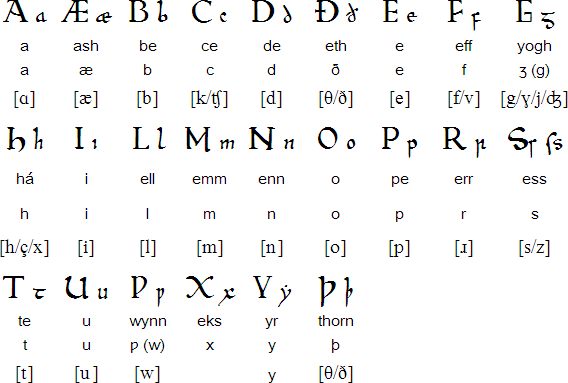
Anglo-Saxon Herbal Remedies
The Anglo-Saxons used herbal remedies for curing common ailments like headache, earache, nosebleed, shoulder pain, neck pain, or even hiccups.
Beetroot juice with honey was used to relieve headache. Hare’s gall or liver secretions were applied on eyes to cure haziness due to cataracts.
One of the oldest medieval textbooks found on ancient remedies is the “Bald’s Leechbook” which records ancients herbs, remedies, medicines, and cures used by the Anglo-Saxons in medieval Europe. The fascinating three-volume digest was written between the 9th and 10th century and is the oldest copy available is now kept in British Library in London.
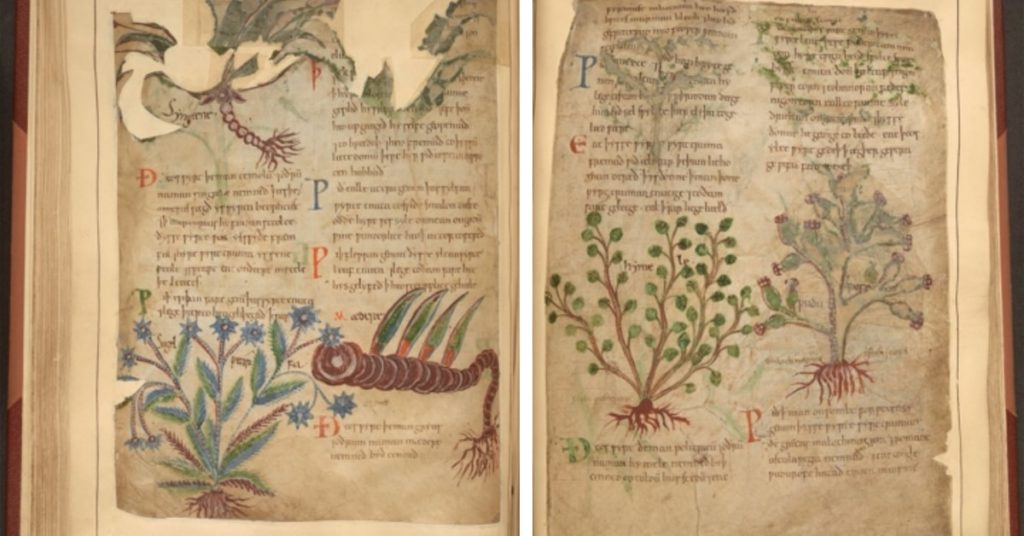
What was Anglo-Saxon Religion?
The Anglo-Saxons worshipped Pagan Gods when they first arrived in Britain but gradually converted into Christianity. Place names and even days of the week were named after Pagan Gods and Goddesses.
Place names like Thursley and Tuesley were named after Pagan Gods ‘Thor’ and ‘God of War’. Even days of the week like Tuesday (Titus Day) or Wednesday were named after Odin or Woden God. The Anglo-Saxon Goddess Fridge, wife of Woden was worshipped as Mother Earth and bears the origin for the name of Friday.
A victory in battle or harvesting times were worshipped to ensure success in life and material things.
It was not until 597, a monk called Augustine came to England and gradually started converting people into Christianity. New wooden churches were built and the existing Pagan churches were converted into Christian ones.
According to Anglo-Saxon culture, belongings of men and women like knives, spears, and jewellery were buried along with them in their graves.

What did the Anglo-Saxons believe in?
The Anglo-Saxons were highly superstitious and believed in Pagan gods and goddesses. They believed in lucky charms like stones, jewels, and rhymes that will guard them against evil forces, sickness, and death.
They worshipped gods like Thunor, God of Thunder and Tiw, God of war. As most of them were warriors, they believed in superstitions praying for their long lives.
The Anglo-Saxons believed in afterlife and belongings of the dead were buried along with them so that they can carry them to their next life.
A remarkable discovery in Sutton Hoo in Suffolk shows a child buried with bones of a dog suggesting his pet as his companion.
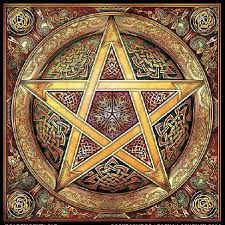
What is Wergild Anglo Saxon?
Wergild is an old Germanic law that prevailed in the Anglo-Saxon society. In case of death by feud or conflict, the person committing the crime had to pay compensation to the family of the deceased.
In the early Anglo-Saxon period, it was considered to be insulting if a family fails to avenge the death of the deceased. In that case, wergild was paid to settle the loss by death.
The wergild was determined by the status of the man in society. A person belonging to a noble family had to pay 1200 shillings, a peasant can pay 600 shillings and for a slave, it was 60 shillings.
A part of wergild was also paid to kings as a tax in order to prevent people from engaging such crimes.

Anglo-Saxon Capital Punishment
The Anglo-Saxon authorities exercised harsh punishments like corporal punishments, imprisonment, and mutilation to enforce law and order in society. These punishments were used not only to impose power but also to enforce the Christian belief of morality and righteousness among the people.
Apart from corporal punishment, penitential punishment or expressing of penance and penalties were imposed by Christian authorities.
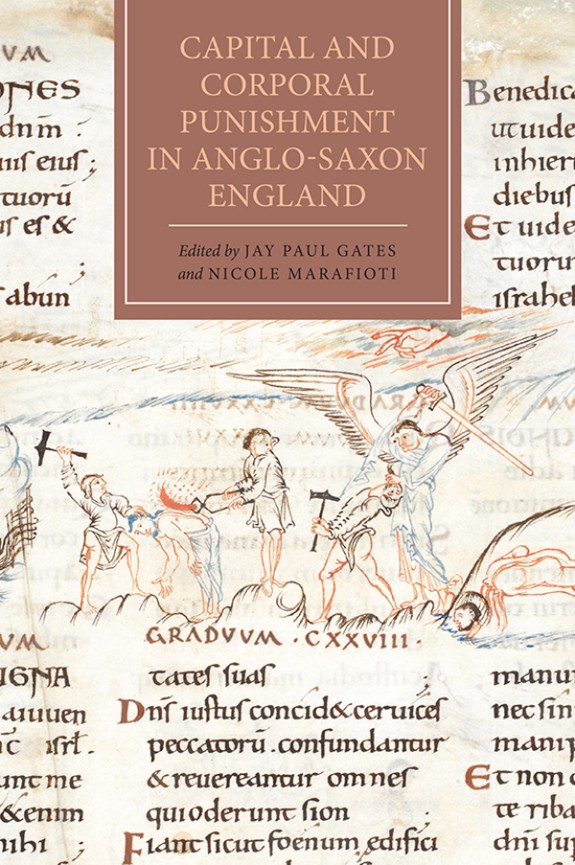
White Anglo-Saxon People
White Anglo-Saxon people were typically white protestants or WASPs as they were commonly called and belonged to a wealthy social group.
They were rich and well-connected and dominated American society and culture at large. They enjoyed their own company, mixed with people of their own trope and had certain privileges that made them different from others.
The WASPs were placed in major positions in the government, finance, and political sectors of American society. They were well educated and earned graduate and postgraduate degrees from renowned Universities.
However, WASP exhibition of Anglo-Saxon superiority was not only about wealth and power but they also cultivated certain social norms, discipline, and values. WASP dominance gradually declined after World War II.
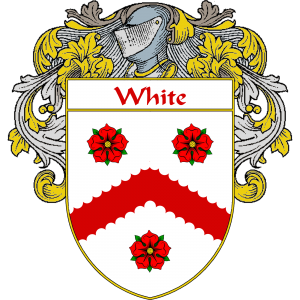
Black Anglo Saxon
The darker-complexioned black men or brown men of the Anglo-Saxon Kingdom were often referred to as ‘Wealas’ or ‘sweart’. They were mainly people of African descent.
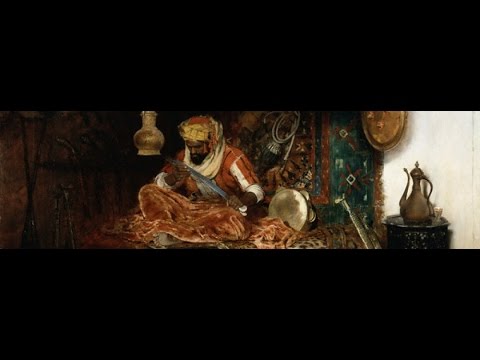
What is Anglo Saxons Chronicle?
Anglo-Saxon Chronicle is a set of annals written in Old English that narrates the history of the Anglo-Saxons and the events following their invasion.
There is a total of 7 surviving manuscripts that still exist today but none of them is original. The annals were written during the late 9th century during the rule of King Alfred the Great. Multiple copies were made and distributed among several monasteries and churches throughout England.
The compilation of manuscripts gives us details about the history, culture and important events during the Anglo-Saxon reign of England. The last one was created in Peterborough Abbey in 1116.
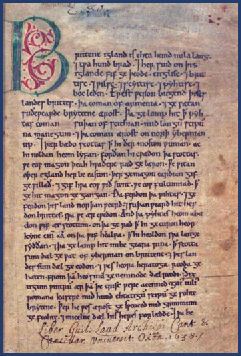
Who invaded England after the Anglo-Saxons?
The death of King Edward the Confessor in January 1066 marked the end of the Anglo-Saxon rule in England. He had no successors and ultimately the throne of England went to William of Normandy after the Norman Conquest in 1066.
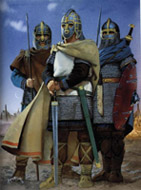
When did the Anglo-Saxon period end?
The Anglo-Saxon period stretched from 400 AD to 1066 that ended with the Norman invasion of England.
